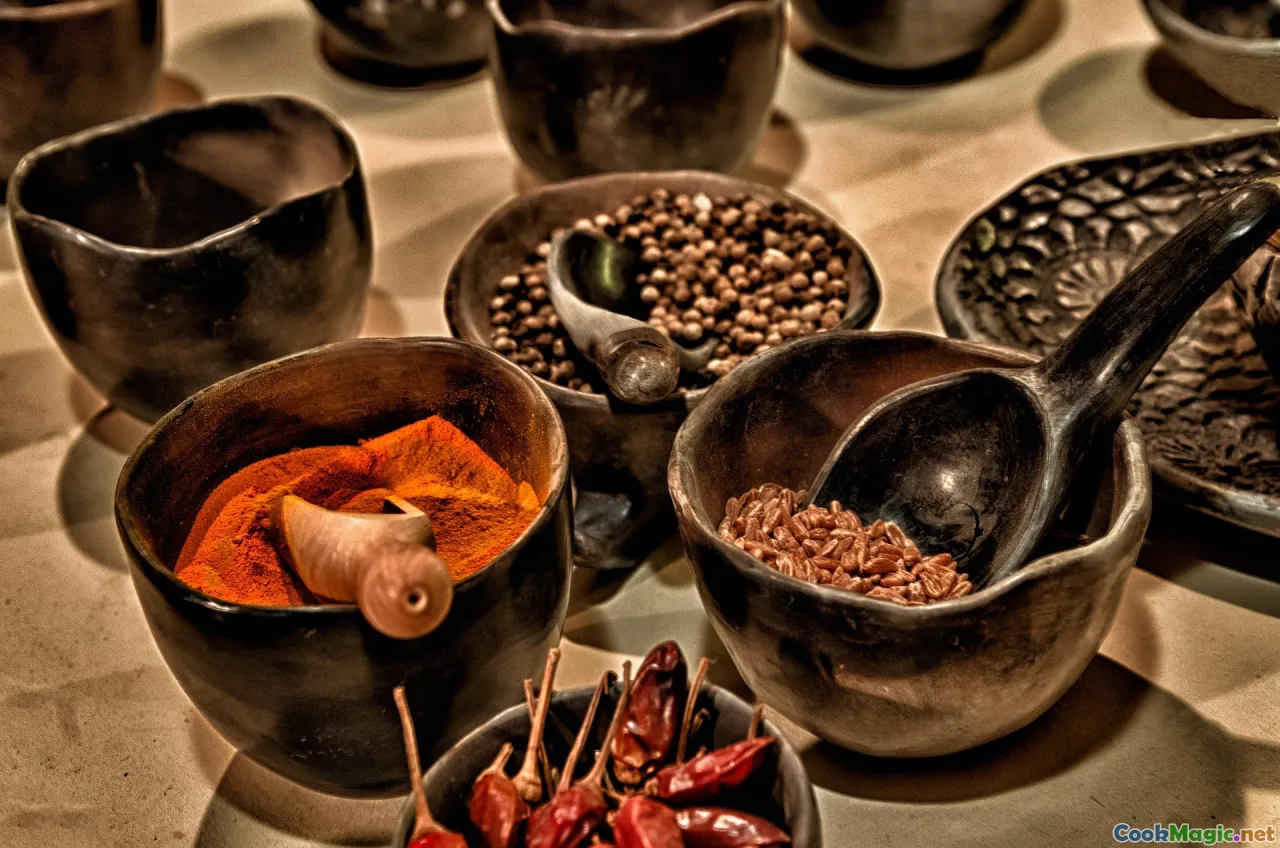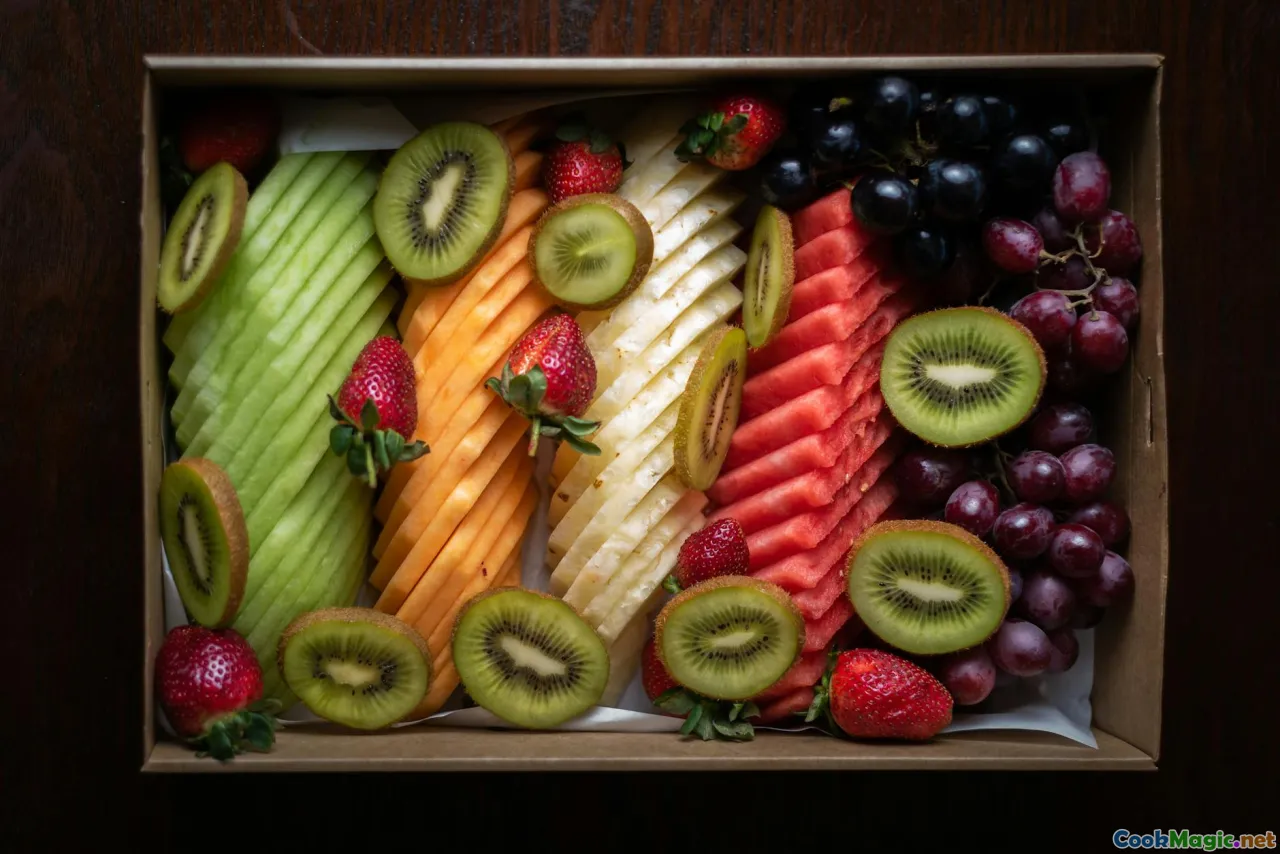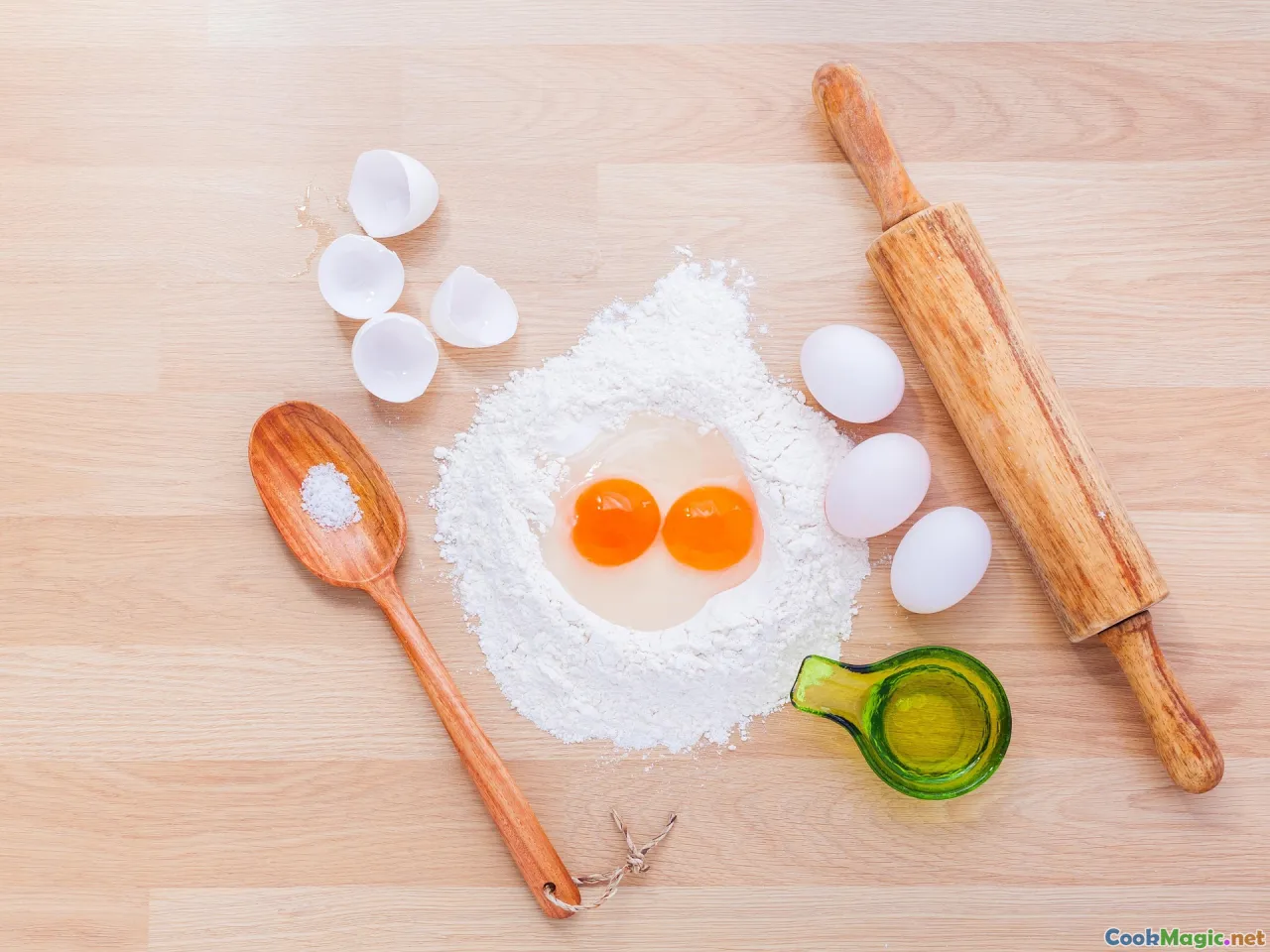Culinary Journeys through Aussie Asia
9 min read Explore the vibrant blending of Australian and Asian cuisines, showcasing diverse flavors and culinary traditions across Aussie Asian regions. July 23, 2025 00:05
Culinary Journeys through Aussie Asia
Imagine stepping into a vibrant marketplace, where the air is thick with intoxicating aromas—sweetly spiced, smoky, and umami-laden. Colors burst in every direction: garnet-red chili flakes, emerald pandan leaves, golden turmeric, and the deep amber of soy sauces. Welcome to a culinary voyage bridging the rugged charm of Australia with the lush, diverse flavors of Asian continents—an evolving tapestry known as Aussie Asia. Here, the culinary landscapes intersect to create dishes that tell stories of migration, tradition, innovation, and cultural convergence.
In this exploration, we’ll traverse bustling markets in Sydney, serene Thai cafes in Melbourne, and the sun-drenched shores of Western Australia, uncovering how Australian cuisine has embraced and redefined Asian flavors. Get ready for a sensory-rich journey, seasoned with personal insights, historical context, and must-try dishes that exemplify this culinary fusion.
The Confluence of Cultures: A Historical Perspective

Australia’s unique history as a melting pot of immigrants is the foundation of its dynamic culinary scene. The Asian influence in Australia dates back to the gold rush of the 1850s when Chinese miners flocked to Victoria, bringing with them new ingredients and cooking techniques. These early roots laid the groundwork for a multicultural culinary identity, enriching Australian cuisine rather than replacing it.
Post-World War II immigration waves from Vietnam, India, Vietnam, and other Asian nations further diversified the cuisine. The 1970s and 1980s saw a surge of Asian restaurants, particularly in urban centers like Sydney and Melbourne, where Chinese dim sum parlors, Thai street food stalls, and Indian curry houses flourished.
Today, when you dine in an Aussie Asian restaurant, you're tasting a seamless blend of traditional recipes infused with local ingredients—mangoes, macadamia nuts, native spices—creating a sense of belonging and innovation.
Personal insight: I remember my first visit to Sydney’s Chinatown—walls adorned with lanterns, woks sizzling away in open kitchens—remarking how each dish seemed to bridge continents, embodying stories of migration and resilience.
Iconic Aussie Asian Dishes: From Street Stalls to Fine Dining

Laksa: The Heart of Peranakan Fusion
Originating from the Peranakan communities of Malaysia and Singapore, laksa found a warm embrace in Australian kitchens. Here, the Creamy Coconut Laksa is a favorite—thick rice noodles immersed in a fragrant, spicy broth made with fresh lemongrass, galangal, and a hint of native finger limes for acidity.
Australian versions often incorporate local ingredients such as coastal prawns, Tasmanian scallops, or even native wattleseed for enhanced depth. Visiting Melbourne’s famed Hawker-style stalls, the aroma of laksa bubbling with chili and lime transport you to Southeast Asia while firmly rooting you in an Aussie landscape.
Satay: Grilled Skewers with a Local Twist
The smoky sweetness of peanut sauce and tender grilled meats have Indonesian origins, but in Australia, satay has morphed into a backyard barbecue staple—served alongside native bush herbs and pickled vegetables.
An example is the popular "Beef Satay with Lemon Myrtle," where the zest and aromatic oil infuse the sauce with a distinctly Australian aroma.
Kimchi Fried Rice: Korean Flavors Meet Local Ingredients
Korean cuisine's popularity soared in Australia during the 2000s, leading to creative fusion dishes like Kimchi Fried Rice with grilled kangaroo or wallaby bites—a delicious nod to native meats. The tangy, fermented kick of kimchi balances beautifully with the rich, gamey taste of Australian inland meats.
Dim Sum and Beyond
Shanghai-style Xiao Long Bao and Cantonese Har Gow are found alongside innovative dumpling fillings—such as spanner crab or smoked kangaroo—showcasing regional influences adapting to Australian palates.
Tip: Don't miss Saturday brunches in Sydney’s Marrickville, where dim sum carts roll out treats inspired by both traditional Cantonese recipes and local ingredients.
Regional Flavors and Their Local Aromas

Western Australia's Coastal Bounty
The pristine waters off Western Australia produce some of the world’s finest seafood—mussels, barramundi, and king crabs—which feature heavily in Aussie Asian cuisine. Think fragrant seafood laksa with local shellfish or sashimi platters with native seaweeds.
Tropical Flavors in Queensland
Queensland’s proximity to Asia’s tropics brings an abundance of mangoes, lychees, dragon fruit, and native herbs like native ginger. These fruits star in salads, desserts, and beverages that blend Asian sweetness with Aussie freshness.
The Spice Realm of the Northern Territories
From the aromatic bush spices—like wattleseed, lemon myrtle, and native pepper—Australians incorporate indigenous flavors into their Asian-inspired dishes, creating a unique, colorful palate.
Advice: Visit local farmers' markets for fresh native spices and fruits; these are the secret ingredients that elevate culinary innovation.
Cooking Tips: Creating Your Own Aussie Asian Fusion

Embark on your culinary journey at home with these tips:
- Balance Flavors: Combine the umami of soy or fish sauce with native herbs like lemon myrtle for a fresh twist.
- Use Local Ingredients: Seafood, bush spices, native greens—integrate native produce into traditional Asian dishes.
- Experiment with Textures: Add crunchy macadamia nuts or native wildflowers for visual and textural layers.
- Innovate Safely: Start with classic recipes like stir-fries or noodle bowls, then gradually introduce indigenous ingredients.
Sample Recipe Idea: Kangaroo Satay with Wattleseed Peanut Sauce
Ingredients:
- Kangaroo fillets, sliced into strips
- Bamboo skewers
- Wattleseed, ground
- Peanut butter
- Coconut milk
- Soy sauce
- Lemongrass
- Honey
Method:
- Marinate kangaroo strips with soy sauce and lemongrass.
- Grill skewers until medium-rare.
- Prepare peanut sauce with coconut milk, honey, wattleseed, and peanut butter.
- Serve skewers alongside sauce with a side of pickled native vegetables.
Embracing the Cultural Symphony on Your Plate
Walking through this culinary landscape, what strikes me most is the harmony—how diverse ingredients and traditions dance together, creating new identities in each dish. It's a reflection of Australia’s broader cultural landscape—complex, vibrant, at times unpredictable, but always appetizing.
In every bite, there’s a story of migration, adaptation, and celebration. Whether you find yourself in a bustling Sydney food court or a serene Australian holiday spot, remember: each dish serves as a bridge across oceans and continents, uniting culinary souls and enriching your own palate.
Dive into these flavors, experiment boldly, and let your taste buds explore the extraordinary symphony of Culinary Journeys through Aussie Asia. Bon appétit!









